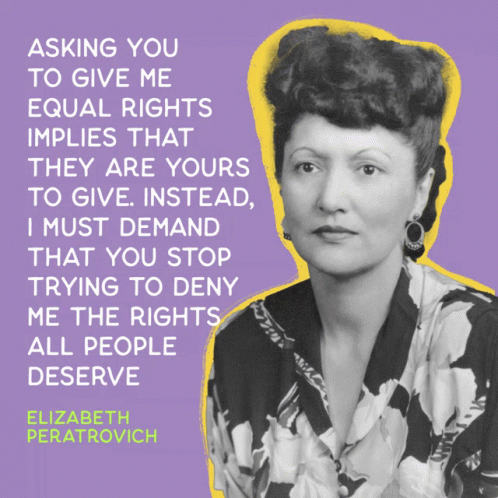🙋♀️ Are Women Overprotected in Canada?

Women's rights and protections have been a hot topic in recent years. In Canada, there has been a perception that women are overprotected, leading some to question the need for laws and policies aimed at promoting gender equality and preventing violence against women. However, this perception is not supported by the facts.

📝 In this article:
- Part 1: Women still face numerous challenges
- Part 2: Women are underrepresented in leadership positions
- Part 3: Laws aimed at promoting gender equality are not enforced effectively
- Part 4: Addressing societal attitudes that perpetuate gender-based violence and inequality
Part 1: Women still face numerous challenges
Despite being considered one of the most progressive countries in the world, women in Canada continue to face numerous challenges that require ongoing efforts to address. According to Statistics Canada, women are more likely than men to experience physical and sexual violence. This is a concerning trend that must be addressed through education and the enforcement of laws aimed at preventing violence against women.
In addition to violence, women in Canada are paid less than men on average, with the gender pay gap hovering around 15%. This disparity is even greater for women who are Indigenous, Black, or members of other marginalized communities. This highlights the need for policies that address systemic barriers to gender equality, such as pay discrimination and the underrepresentation of women in leadership positions.
Part 2: Women are underrepresented in leadership positions
In Canada, women are underrepresented in leadership positions, both in the private sector and in politics. Only 27% of members of Parliament and 26% of senior managers in the private sector are women. This imbalance has a significant impact on the policies and decision-making processes that affect women's lives.
For instance, research has shown that having more women in decision-making positions leads to more gender-sensitive policies and a more equitable distribution of resources. The underrepresentation of women in leadership positions, therefore, limits the potential for progress towards gender equality.
Part 3: Laws aimed at promoting gender equality are not enforced effectively
Despite having laws aimed at promoting gender equality and protecting women's rights, many of these laws are not enforced effectively. For example, despite laws against workplace harassment, many women still experience harassment in the workplace, and few report it due to fears of retaliation or a lack of faith in the complaint process.
This lack of enforcement undermines the effectiveness of laws aimed at promoting gender equality and protecting women's rights. To ensure that these laws have the intended impact, it is important to enforce them effectively and provide support to women who experience violence and discrimination.
Part 4: Addressing societal attitudes that perpetuate gender-based violence and inequality
In addition to enforcing laws effectively, it is also important to address the underlying societal attitudes that perpetuate gender-based violence and inequality. This can be done through education, media campaigns, and community-based initiatives that challenge traditional gender roles and promote equality between men and women.
For example, media campaigns that raise awareness of violence against women and encourage men to challenge gender-based violence can play a significant role in changing societal attitudes. Similarly, community-based initiatives that involve men and boys in the promotion of gender equality can help to create a culture of respect and non-violence.
Conclusion
The notion that women are overprotected in Canada is misguided. There is still much work to be done to ensure that women are treated equally and are protected from violence and discrimination. Laws and policies aimed at promoting gender equality and preventing violence against women are essential, but they must be accompanied by sustained efforts to enforce them and to address the underlying societal attitudes that perpetuate gender-based violence and inequality. Only by taking a comprehensive approach that addresses the root causes of gender-based violence and inequality can we create a more equitable society for all.





Comments ()